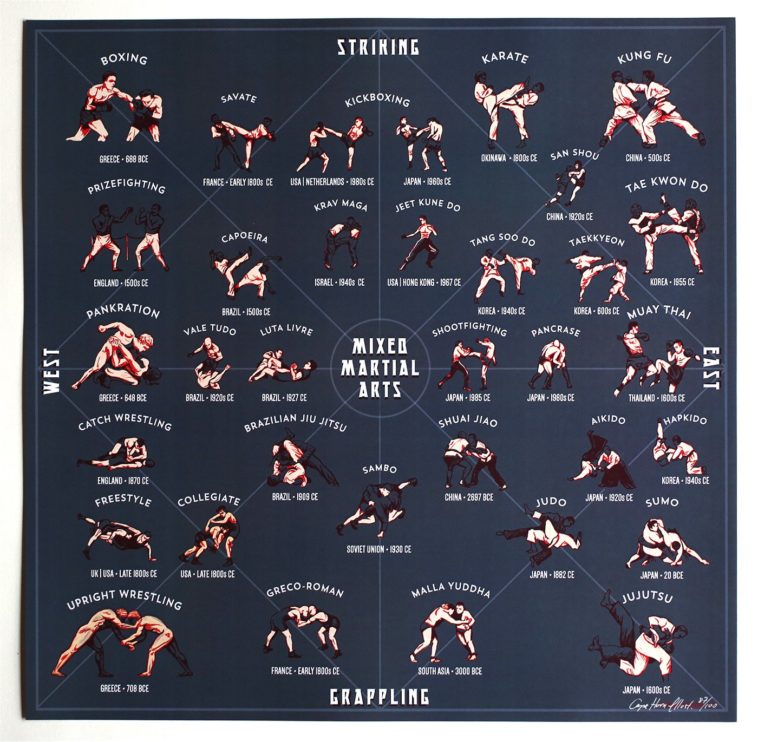Standard Martial Arts Vs. Modern Combat Sports: Understanding The Trick Distinctions
Standard Martial Arts Vs. Modern Combat Sports: Understanding The Trick Distinctions
Blog Article
Short Article Created By-Valentine Burch
When you consider martial arts, do you lean more toward the conventional practices or the contemporary combat sporting activities? japanese martial arts provides one-of-a-kind benefits and experiences, formed by their ideologies and training techniques. Typical martial arts emphasize personal development and discipline, while modern battle sporting activities concentrate on competitors and performance. Comprehending https://best-martial-arts-for-big66532.blog-ezine.com/34543216/the-worldwide-background-and-improvement-of-martial-arts can guide you in selecting the appropriate technique for your trip. However just how do these distinctions manifest in training and viewpoint?
The Viewpoint and History Behind Conventional Martial arts
While lots of people connect martial arts with physical combat, the ideology and background behind typical martial arts run much deeper. You'll locate that these self-controls stress individual growth, technique, and regard.
Originating from ancient methods, standard martial arts were often developed for Self-Defense and spiritual development. They personify principles such as equilibrium, harmony, and self-constraint, assisting experts beyond simple combating abilities.
As you train, you'll not only learn techniques but likewise gain insights into the culture and values that shaped these arts. The routines and traditions, typically passed down with generations, promote a sense of neighborhood and belonging.
The Competitive Nature of Modern Combat Sports
Modern fight sporting activities have actually changed the landscape of martial arts right into a very competitive arena, where athletes challenge in an examination of ability, strategy, and endurance.
You'll see that competitions are commonly arranged with rigorous guidelines and laws, making sure fair play and safety and security. These events attract huge target markets, fueling the excitement and strength of matchups.
Professional athletes train carefully, not just for physical expertise however additionally for psychological durability, understanding that every detail counts in the ring. The adrenaline thrill throughout competitors is apparent, as competitors press their restrictions to declare success.
Fans appreciate the athleticism and virtuosity involved, making modern-day combat sporting activities a thrilling spectacle that continues to develop and astound enthusiasts around the world.
Training Methods and Techniques: A Comparative Evaluation
The competitive ambience of modern-day battle sporting activities demands ingenious training techniques that vary significantly from traditional martial arts.
In modern training, you'll focus on details strategies, competing, and conditioning, commonly utilizing drills that simulate real fight circumstances. You'll see an emphasis on measurable efficiency and regular competitors to examine your skills.
In contrast, typical martial arts prioritize types, katas, and philosophical mentors, often highlighting self-control and regard over competition.
Training is normally less extreme and might involve recurring method instead of real-time sparring.
While both strategies construct skill and fitness, modern-day battle sports supply an extra dynamic and adaptable training setting, preparing you for prompt difficulties in the ring or cage.
Pick the path that aligns with your goals and passions.
Final thought
In selecting between conventional martial arts and modern fight sports, it actually boils down to what you value most. If aikido for older adults searching for personal growth, discipline, and a sense of area, traditional arts might be your ideal fit. Yet if you grow on competition and real-time difficulties, modern fight sports could be the way to go. Eventually, both courses use distinct benefits, so it's all about straightening your training with your individual objectives and rate of interests.
